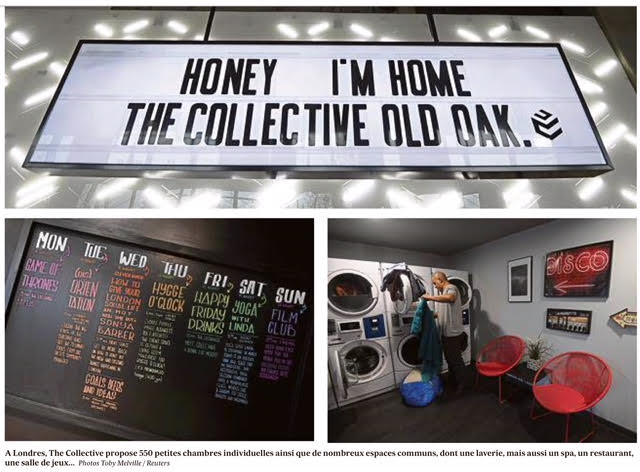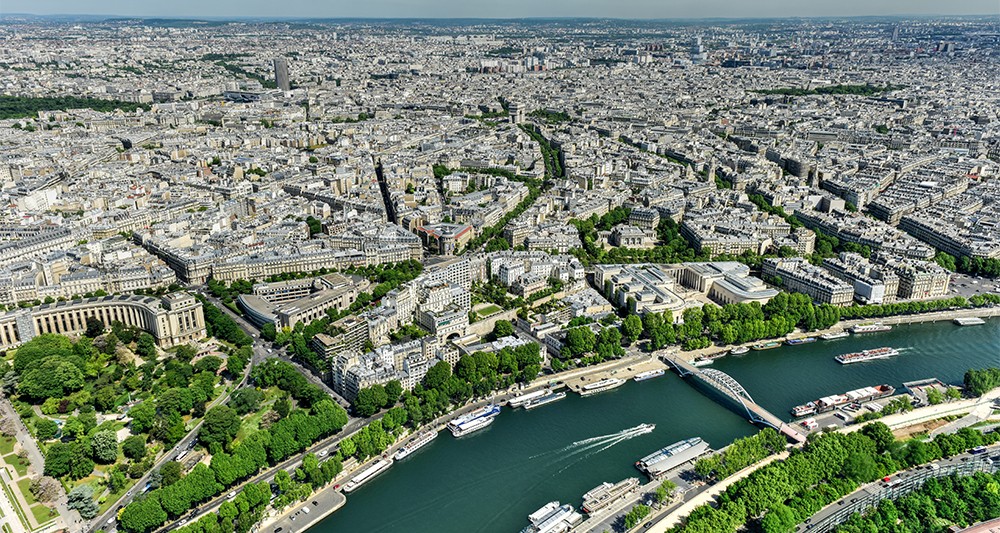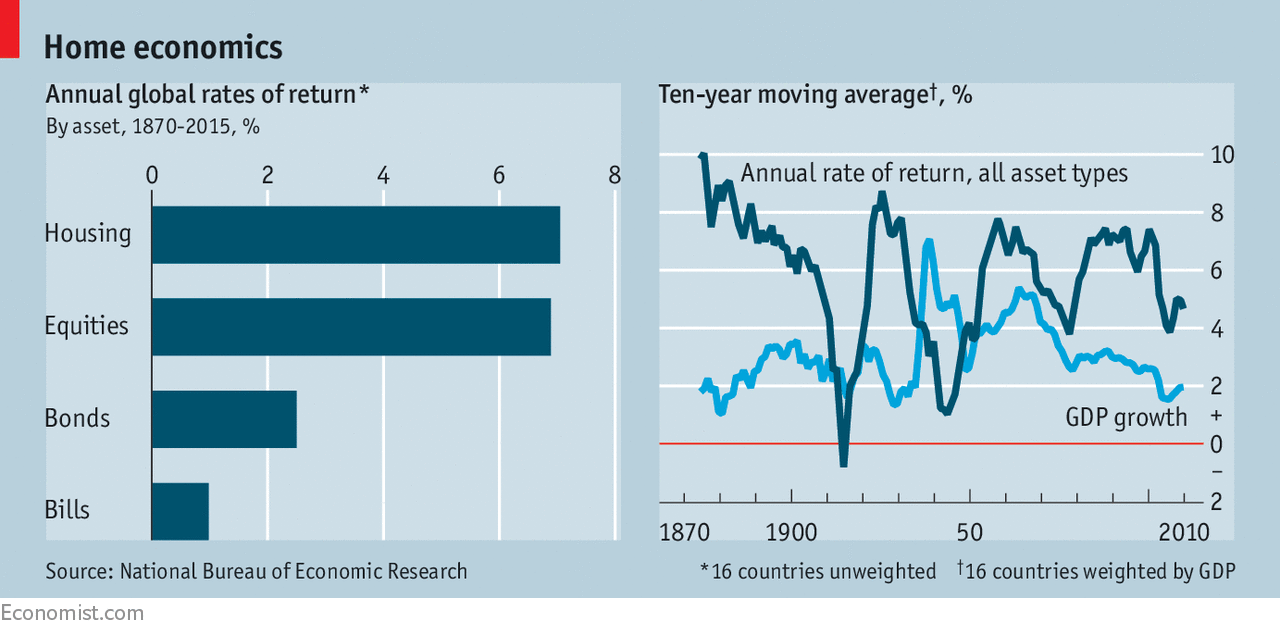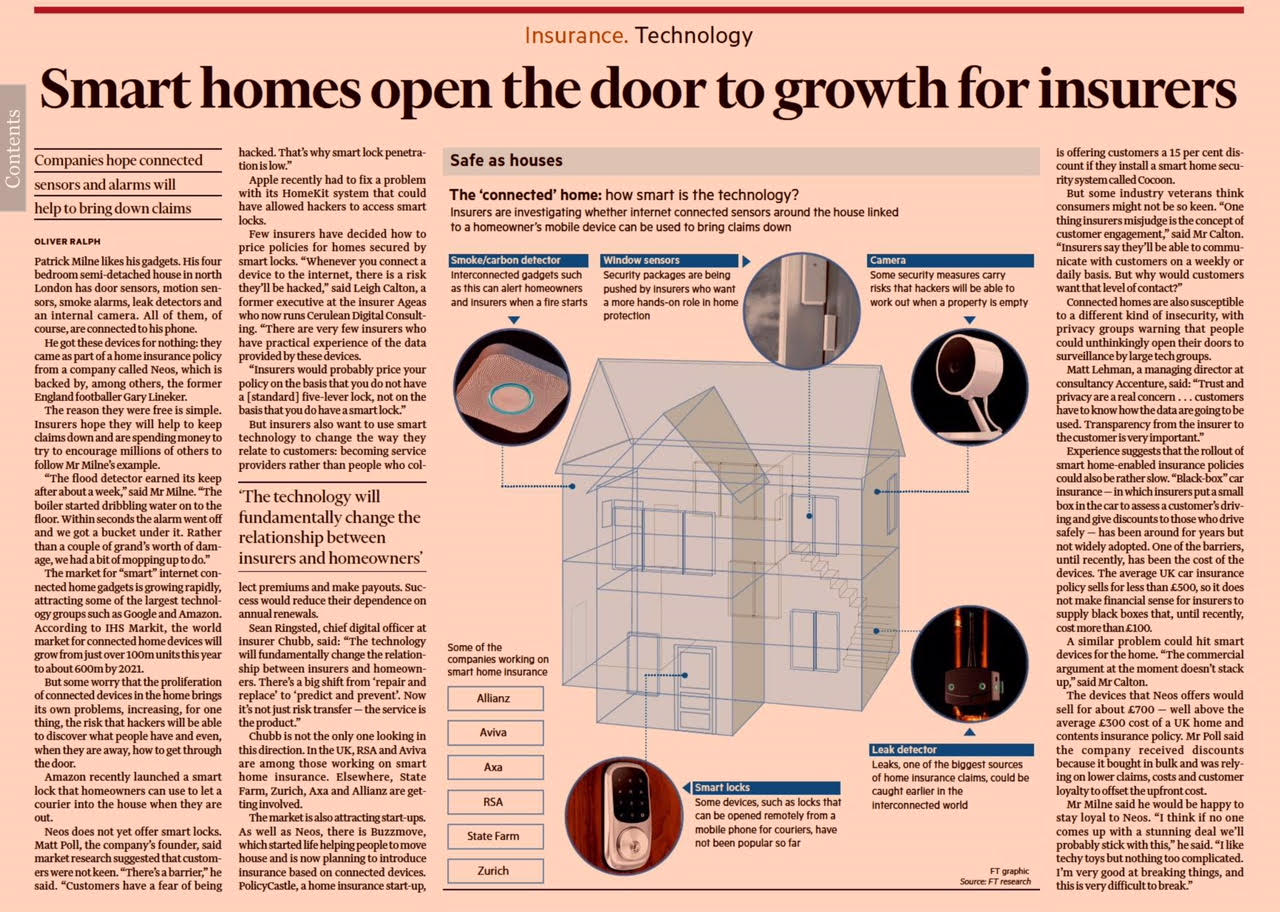A chameleon material: the best modern brick buildings
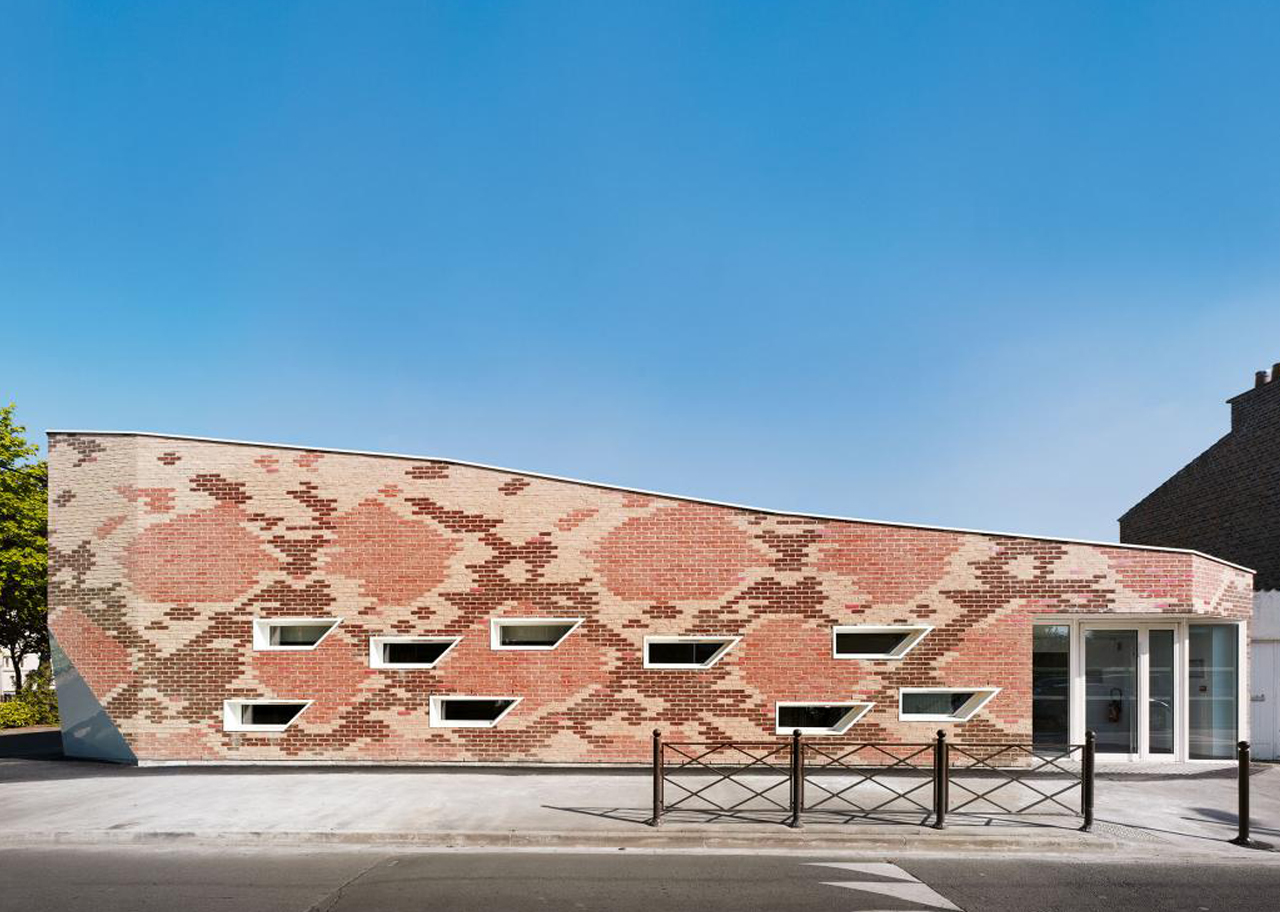
In 1971 Louis Kahn, an American architect, was giving a masterclass at the University of Pennsylvania. In the course of a passage about how architects are always informed by their materials, he indulged in an imaginary and gnomic dialogue with one of his favourite substances. “You say to brick, ‘What do you want, brick?’ Brick says to you, ‘I like an arch.’ If you say to brick, ‘Arches are expensive, and I can use a concrete lintel over an opening. What do you think of that, brick?’ Brick says, ‘I like an arch.’”
As Kahn’s role play suggests, brick has several qualities he admired: it is sober, unpretentious and durable to the point of obduracy. Early in his career, during the boom in modern glass-and-steel architecture, Kahn had been casting around for a style of his own. It wasn’t until the early 1950s, when he was middle aged, that he found it. Teaching in Rome, he fell in love with the architecture of the old world and resolved, as his son Nathaniel says in “My Architect”, a documentary about Kahn from 2003, “to build modern buildings that had the feel and presence of ancient ruins”. In many of his most famous structures – like the library of the Phillips Exeter Academy in New Hampshire, the Indian School of Management in western India and the First Unitarian Church in Rochester – brick gave him the monumental, timeless effect he was looking for.
But for every architect drawn to the stolidness and simplicity of bricks, there are others who have used them to airy or curvaceous or exuberant ends. A new book from Taschen, “Brick Buildings”, shows not just the surprising ubiquity of bricks at a time when so much contemporary architecture still favours the transparency of glass, but also their versatility. In their different colours, textures, sizes and arrangements, bricks can make buildings hard or soft, blank or delicately patterned, forbidding or whimsical. In some cases, bricks even disguise themselves as something else entirely. The book’s diversity leaves you feeling that if Kahn didn’t like the answer that his brick was giving him, perhaps he should have just asked another one.
The architects at Atelier Pro, a firm based in the Hague, employed two simple tricks in this building, which contains a library, a TV and radio station, a theatre and a café. Instead of laying bricks horizontally they arranged them in thin vertical strips, and rather than using bricks of a uniform size they mixed long with short. The result is an elegant façade with none of the rigid repetitiveness of many brick buildings and which looks almost as though it’s made of narrow planks of wood.
source 1843magazine.com
© Roland Halbe/Taschen



